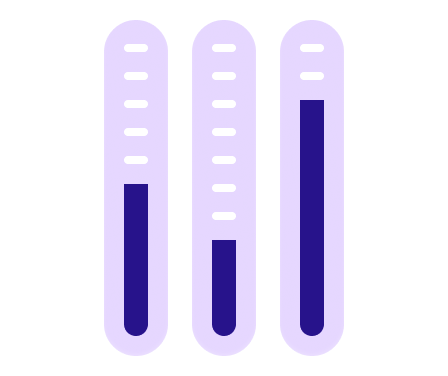What is Call Coverage and how to measure it?
Call Coverage Metric Definition
Call coverage is the percentage of executed software function calls. It is a structural coverage metric that helps to judge the degree of testing at the architectual level.
Difference to Function Coverage
The metric easily gets confused with Function Coverage. But whereas the latter is about execution of the function itself Call Coverage mandates that each call found in the code is executed at least once. 100% Function Coverage therefore does not imply 100% Call Coverage. The oppositive is not necessarily true either, though. See the Limitations below for details.
Relevance in Safety Standards
Subsection 10.4.5 of ISO 26262 part 6 recommends Call Coverage for ASIL A and B. For ASIL C and D even highly recommends it. Table 15 lists this metric as an alternative entry – see Interpretations of tables in section 4.2. Function Coverage is the other alternative with an equal recommendation level. See our discussion on Code Coverage Metrics Recommended by ISO 26262 for more details.
Limitations
Call coverage provides a high-level overview of test coverage. As it is not concerned with the implementation details of the functions the coverage of the units by themselves needs to measured with metrics like Decision (or Branch) Coverage or even better Modified Condition/Decision Coverage (MC/DC).
When interpreting the metric too literally it would not able to detect unused functions: functions may have an implementation but not have any caller in the rest of the code. This not only impacts maintenance of the code. It may even be a sign of a programming error. Therefore watch out for your report not sticking to the number of calls only.
Tool Support and Alternatives
The number of tools supporting the metric is rather small. The number of customer requests simply is too low. However, do not despair when the vendor does not list it explictly! The much more fine-grained variants of Condition Coverage (like MC/DC) can come to rescue! Here’s why:
bool is_item_enabled(Item *item)
{
return item->enabled;
}
int get_item_rank(Item *item)
{
if (!item || !is_item_enabled(item))
return -1;
return item->rank;
}
Neither line, statement nor branch coverage guarantee an invocation of is_item_enabled(). Condition Coverage, however, requires an evaluation of both !item and !is_item_enabled(item). 100% MC/DC coverage (as an example) does therefore imply 100% Call Coverage.
